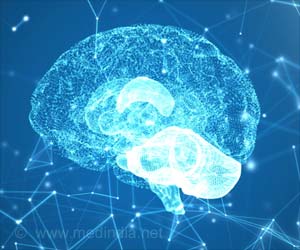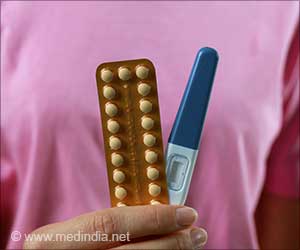The study team utilized an earlier developed Parkinson’s disease model with templated alpha-synuclein inclusion formation and compared the neurons that produce the normal amount of tau protein with the mutant neurons that lack one or both genes for tau production.
‘Reduction in tau protein may not protect against Parkinson’s and Lewy body dementias. This suggests that the pathologic role of tau differs n Parkinson’s and Lewy body dementias when compared with that in Alzheimer’s disease.’
It was hypothesized that if the endogenous tau contributes to disease progression, the heterozygous or knockout tau mutants were expected to show protection. However, no difference was found from the wild-type control.
Tau-proteins and its Pathogenesis
The team showed that the reduction or complete absence of tau did not prevent fibril-induced alpha-synuclein inclusion formation in primary hippocampal neurons growing in vitro and also in the motor control or limbic areas of the brain, including the cortex, amygdala, hippocampus, and the substantia nigra pars compacta, as measured six weeks or six months after fibril injections.
It was also seen that almost half of the wild-type neurons that produce the neurotransmitter dopamine underwent death due to the alpha-synuclein fibrils in the mouse model, which was similar to that in the tau-heterozygous or tau-knockout mice.
Moreover, the reduction in tau proteins did not show any major impact on behavioral phenotypes of mice with fibril-induced α-synuclein inclusions.
“Here, we have shown that reduction of endogenous tau did not influence formation of templated alpha-synuclein inclusion formation or the loss of dopamine neurons. This suggests that therapeutics directed to tau for Parkinson’s disease may be more complicated than tau reduction. This is unlike Alzheimer’s disease, where tau reduction has been suggested as a possible therapy,” says Laura Volpicelli-Daley, Ph.D., associate professor of neurology.
Source: Medindia



